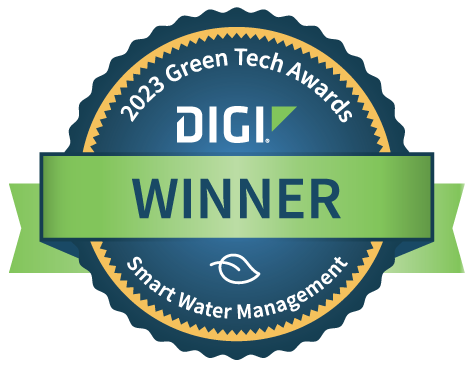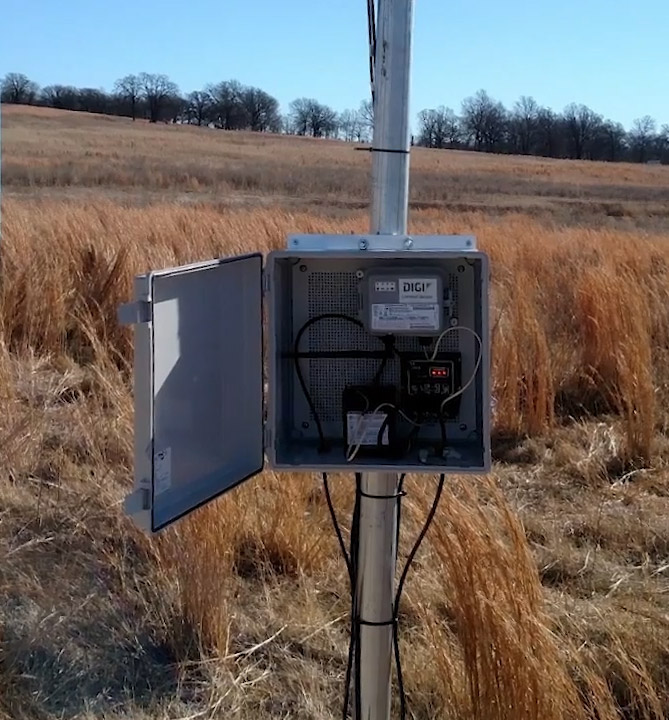Summit Envirosolutions is an environmental consulting firm that uses sophisticated information systems to gather and evaluate critical environmental data and provide recommendations to their clients. Their services support a wide range of projects, from storage tank management to lead reclamation and environmental remediation. Summit employs a team comprised of archaeologists, architectural historians, environmental scientists, geologists, and hydrogeologists to provide cost-effective technical consulting solutions that enhance our understanding of the environment's physical, biological, and chemical relationships.
BUSINESS CHALLENGE
 Water — it’s all around us every day, but most of us don’t spend much time thinking about it. Yet in everything from agriculture and mining to food processing and municipal supplies, it’s one of our most valuable resources, requiring careful stewardship from expert scientists. According to John Dustman, Principal with Summit Envirosolutions, few of us think about what happens when a well delivers water to the surface. “Groundwater is a big mystery for most of us,” he said. “But with science and data, we can maximize yield and safety while minimizing costs.
Water — it’s all around us every day, but most of us don’t spend much time thinking about it. Yet in everything from agriculture and mining to food processing and municipal supplies, it’s one of our most valuable resources, requiring careful stewardship from expert scientists. According to John Dustman, Principal with Summit Envirosolutions, few of us think about what happens when a well delivers water to the surface. “Groundwater is a big mystery for most of us,” he said. “But with science and data, we can maximize yield and safety while minimizing costs.
“For years, we didn’t have a way to look at the subsurface and relied on manual methods to monitor water, such as taking samples and even lowering tape measures to gauge the water depth of a well. With the advent of pressure transducers in the 1980s, we gained new ways of capturing more accurate data.” However, gathering data from those far-flung sensors meant scientists and engineers had to physically travel to dozens of locations, write down the readings, and rekey the data before performing analytics — a slow and time-consuming process.
SOLUTION

Aiming to streamline its data-collection processes, Summit Envirosolutions rolled out new products that integrate sophisticated in-ground transducers (measurement sensors) with Digi Connect® Sensor + for wireless connectivity to central servers. This fully integrated, battery-powered cellular gateway delivers I/O capabilities to connect Summit’s groundwater sensors to its servers. Designed to work in rugged environments, the Connect Sensor + is the ideal solution for Summit to enable remote monitoring and diagnostics in places where power is not easily available. Its easy installation, reliability and low data usage make remote monitoring with Connect Sensor + possible in areas where it was previously cost-prohibitive.
Local protocol support allows the Connect Sensor + to communicate with Modbus sensors and capture sensor diagnostics along with data. This enables users to not only monitor their data but also remotely diagnose the health of their sensors.
“With Digi Connect Sensor +, we have the ability to send data from the groundwater site to our server and run sophisticated analytics that paint a vivid picture of what’s going on under the ground,” Dustman said.
RESULTS
Summit has been developing groundwater visualization tools for more than 20 years and was a collaborative developer of AQUILYTICS, a software program that uses continuous water level and flow rate data to perform hydrogeologic tasks unavailable in any other software program. The most significant advance is the ability to visualize the potentiometric surface as it changes over time in response to pumping or recharge. Summit uses a sophisticated algorithm to visualize particle tracking and to estimate groundwater surface using relatively small data increments (e.g. 15 minutes). This process, called kriging, assesses the statistical relationship between measured points to create an accurate surface reading. Other tools include a well efficiency calculator, well interference evaluator, entrance velocity calculator, specific capacity tracker, Javendel and Tsang capture zone calculator, and Cooper-Jacob time drawdown calculator.
In addition, Summit developed a protocol for acquiring telemetric data, and created an environmental/water supply database and corresponding graphical user interface to enable instantaneous data access, querying, graphing, and GIS visualization. “It’s like an MRI for a water well,” said Dustman, “and the ROI is almost immediate from a couple of perspectives. In addition to measuring the amount of energy wasted by pumping water further than it needs to go, we have near-real-time diagnostics on the wells. We can make fine-tuned recommendations on well maintenance to prevent over- or under-servicing. And since we have constant readings from the Digi-connected sensors, we have the ability to manage well fields, monitor contaminant plumes, and more. “Digi Connect Sensor + makes that happen. The devices are unbelievably easy to use and straightforward to install. They’re light, they’re waterproof — we just love them.”
Next Steps